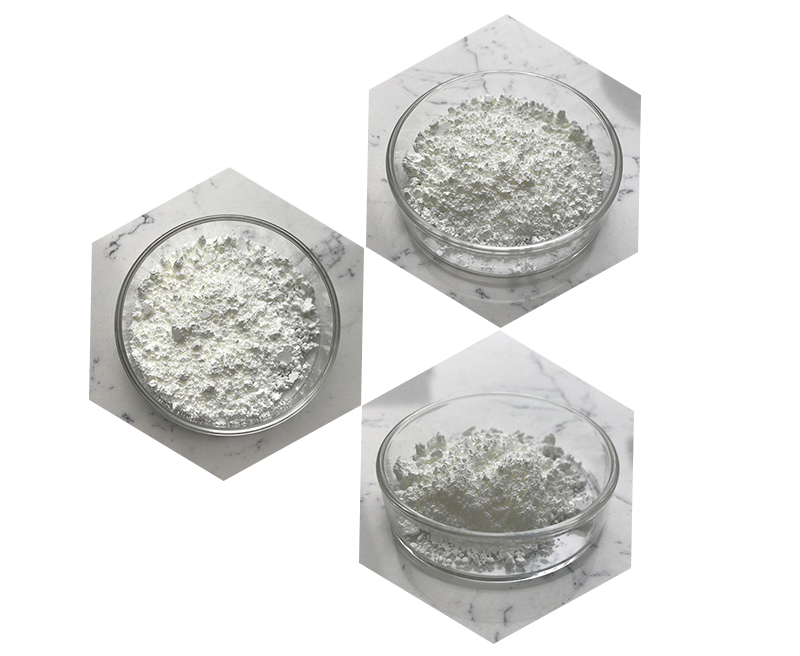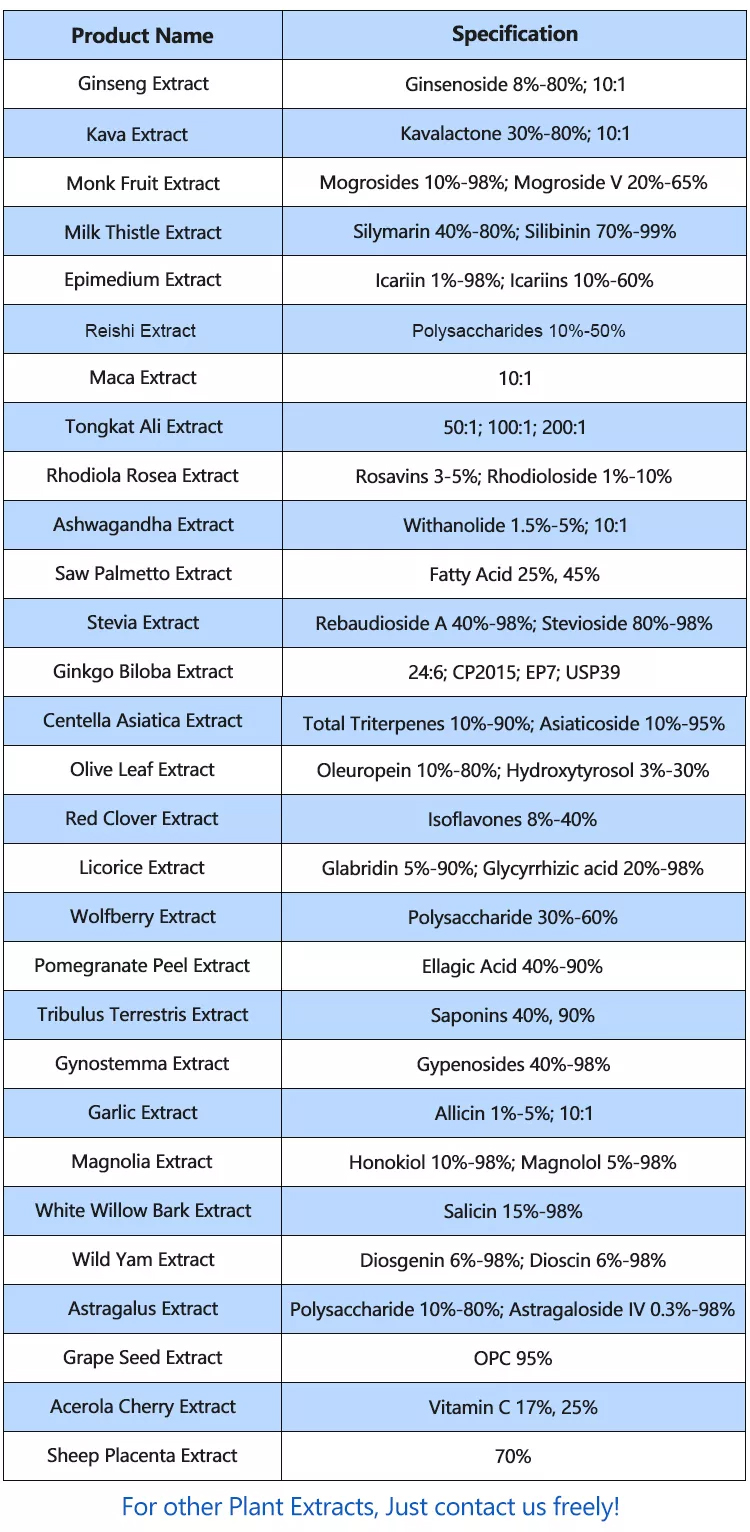Glycyrrhetinic acid (GA), a bioactive compound derived from licorice root (Glycyrrhiza glabra), has a variety of applications across different fields due to its pharmacological properties.
Application of Glycyrrhetinic Acid
1.Pharmaceutical Applications
Anti-inflammatory Agent: Glycyrrhetinic acid exhibits strong anti-inflammatory properties by inhibiting enzymes like phospholipase A2 and cyclooxygenase, which are involved in the inflammatory process. It’s used in topical formulations to treat skin conditions like eczema and psoriasis.
Antiviral and Antimicrobial: Glycyrrhetinic acid has been shown to have antiviral activity against several viruses, including hepatitis C and herpes simplex virus. It also has antibacterial properties, making it useful in treating infections.
Hepatoprotective Effects: Glycyrrhetinic acid is known for its protective effects on the liver. It is used in treatments for chronic hepatitis and other liver-related disorders due to its ability to reduce liver inflammation and damage.
Anti-cancer Properties: Research suggests that Glycyrrhetinic acid can induce apoptosis (programmed cell death) in cancer cells and inhibit the growth of tumors, making it a potential candidate for cancer therapy.
Corticosteroid Potentiation: Glycyrrhetinic acid can enhance the effects of corticosteroids, which are often used to treat conditions involving severe inflammation.

2.Cosmetic Applications
Skin Brightening: Glycyrrhetinic acid inhibits tyrosinase activity, which is involved in the production of melanin, making it effective in skin-whitening products to reduce hyperpigmentation and melasma.
Anti-aging: Due to its antioxidant properties, Glycyrrhetinic acid is used in anti-aging skincare products to protect the skin from oxidative stress and reduce the appearance of wrinkles.
Acne Treatment: Its anti-inflammatory and antibacterial properties make Glycyrrhetinic acid useful in formulations aimed at treating acne.
3.Food and Dietary Supplements
Flavoring Agent: Glycyrrhetinic acid is a component of licorice flavor and is used in candies, beverages, and other food products.
Nutritional Supplements: Glycyrrhetinic acid is included in some dietary supplements for its purported health benefits, such as supporting liver health and reducing inflammation.
4.Other Applications
Oral Care Products: Due to its antimicrobial properties, Glycyrrhetinic acid is used in toothpaste and mouthwashes to help reduce oral bacteria and promote oral health.
Traditional Medicine: Glycyrrhetinic acid has been used in traditional medicine systems, such as Traditional Chinese Medicine (TCM), for its various therapeutic benefits, including its use as an expectorant and to treat digestive issues.
Mechanisms of Action
Glycyrrhetinic acid exerts its effects through various mechanisms:
Inhibition of Enzymes: Glycyrrhetinic acid inhibits enzymes like 11β-hydroxysteroid dehydrogenase, which is involved in corticosteroid metabolism, thereby potentiating the effects of endogenous corticosteroids.
Modulation of Immune Response: It affects cytokine production and reduces the activity of immune cells involved in the inflammatory process.
Antioxidant Activity: Glycyrrhetinic acid neutralizes free radicals, reducing oxidative stress and protecting cells from damage.

Safety and Side Effects
While Glycyrrhetinic acid has many beneficial effects, excessive consumption can lead to side effects such as:
Hypokalemia: Low potassium levels, which can cause muscle weakness and arrhythmias.
Hypertension: Increased blood pressure due to mineralocorticoid-like effects.
Edema: Fluid retention in the body.
Thus, it’s important to use Glycyrrhetinic acid-containing products as directed and under medical supervision if used for therapeutic purposes.
